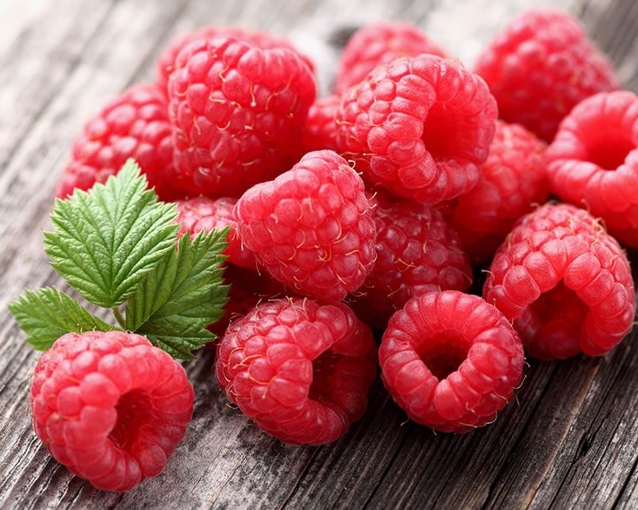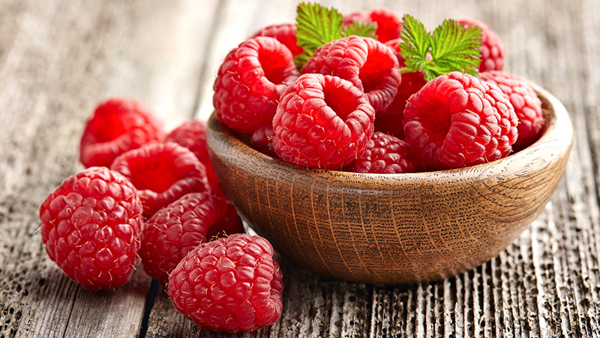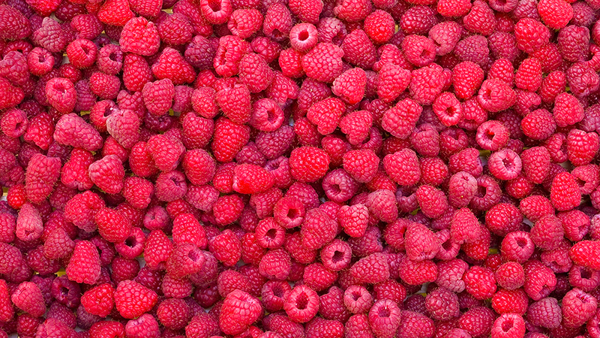Yates Account
Join now
Create a Yates account today!
Sign up to join the Yates Garden Club for monthly e-mails packed with seasonal inspiration, tips for success & exclusive promotions.
Plus if you’re a Garden Club member you can take part in the Yates Growing Community - a blog to share successes, get advice & win prizes in fun challenges along the way!

Forgot password
Enter the email address associated with your account, and we'll email you a new password.

Imagine picking fresh raspberries from your garden, then getting creative with delightful desserts, jam or jelly – that is, if they even make it into the kitchen!
Winter is a great season to think about planting raspberries, because packaged raspberry canes appear in the shops at this time of year. Raspberries do best in areas with cool winters.
Although they prefer full sun, in warmer areas raspberry plants prefer a little bit of protection from the hottest afternoon sun.
How to grow Raspberries in a garden
- Choose a sunny spot with well drained soil.
- Enrich the soil with Yates Dynamic Lifter Organic Plant Food and Yates Natures Way Organic Compost & Soil Improver. If the soil is clay based, improve soil structure by adding gypsum and forking in well
- If planting more than one plant, set out canes 1.5m apart and in rows 2m apart.
- Install a double-wire trellis to help support plant growth. You can do this by driving two 2m tall star pickets on both sides of the plant and running wire between them – one at 1m high and the other at 1.4m high.
- Planting:
- If planting potted plants, dig the planting hole twice as wide and to the same depth as the root-ball. Remove the plant from the container, gently tease the roots and cut away any circled or tangled roots.
- If planting bare-rooted plants, gently remove the packing material from the roots and soak in a bucket of water for a few hours before planting. - Position in hole and backfill with soil, gently firming down.
- Form a raised doughnut shaped ring of soil around the outer edge of the plant's root zone. This helps keep water where it's needed. Always water in well after planting to settle the soil around the roots and keep the soil moist for several weeks while the new plant establishes.
- Mulch around the base with organic mulch like woodchip or pea straw, keeping it away from the base of the plant.
- Water deeply, once or twice a week, depending on weather conditions.
- During the growing and flowering/fruiting season, feed with Yates Thrive Citrus & Fruit Granular Plant Food. TIP: for an added boost during the flowering/fruiting season, apply Yates Thrive Strawberry & Berry Fruit Liquid Plant Food.
- As the canes grow, bundle them together loosely with twine and train them to grow over the top wire and down to the second wire.
- Harvest when fruit is ripe and well-coloured. The receptacle or ‘stem’ attached to the fruit should easily come away from the fruit.
- In winter, cut back any old and weak canes to ground level. Leave new shoots and loosely tie into bundles with twine.


Growing tips
- Raspberries grow best in cool temperature or cold winter climates. Districts where apples or cherries do well are ideal.
- Fruit can spoil in extreme heat, or direct afternoon sun. During these conditions, cover your plant with shadecloth to protect the fruit.
- Soil should be deep and well drained, with lots of added organic matter.
- Raspberry fruit is ripe when it’s well-coloured and it separates from the receptacle or ‘stem’.
- New plants are best planted out in winter.
- Raspberries are great for growing in pots, where space is at a premium.
More Plants
Lemon trees can grow up to 4m, but you can also get dwarf varieties that only grow to 1.5m which are perfect for small gardens and for pots.
Feijoa
Feijoa trees are a familiar sight in kiwi gardens; they're also a great choice for an edible hedge. The delicious fruit can be eaten fresh; they’re also perfect for using in cakes, muffins, jams, cocktails, desserts, fruit salad and smoothies.
Raspberry
Raspberries are best when they're fresh, and you can’t get any fresher than picking your own! Delicious when eaten raw and in desserts, jam or jelly.
Limes
Lime fruits are known for their delicious juice and zest. A highly flavoursome ingredient used in sweet or savoury dishes and sensational in drinks.
Yates Thrive Citrus & Fruit Granular Plant Food
Fast acting, gradual feeding plant food specially formulated to grow citrus & fruit trees, with high potassium for more abundant fruit & added magnesium to help prevent leaf yellowing.
Yates Thrive Strawberry & Berry Fruit Liquid Plant Food
Provides plants with the balanced nutrition they need to produce juicy, luscious berries and healthy green foliage.
Yates Dynamic Lifter Organic Plant Food
Releases nutrients slowly, improves the structure and moisture retention of the soil and encourages earthworms and beneficial soil micro-organisms.
Yates Nature's Way Organic Compost & Soil Improver
Transform soil into a healthy nutrient-rich base for your gardens and lawns with Yates Nature’s Way Organic Compost & Soil Improver.
















Share
Share this article on social media